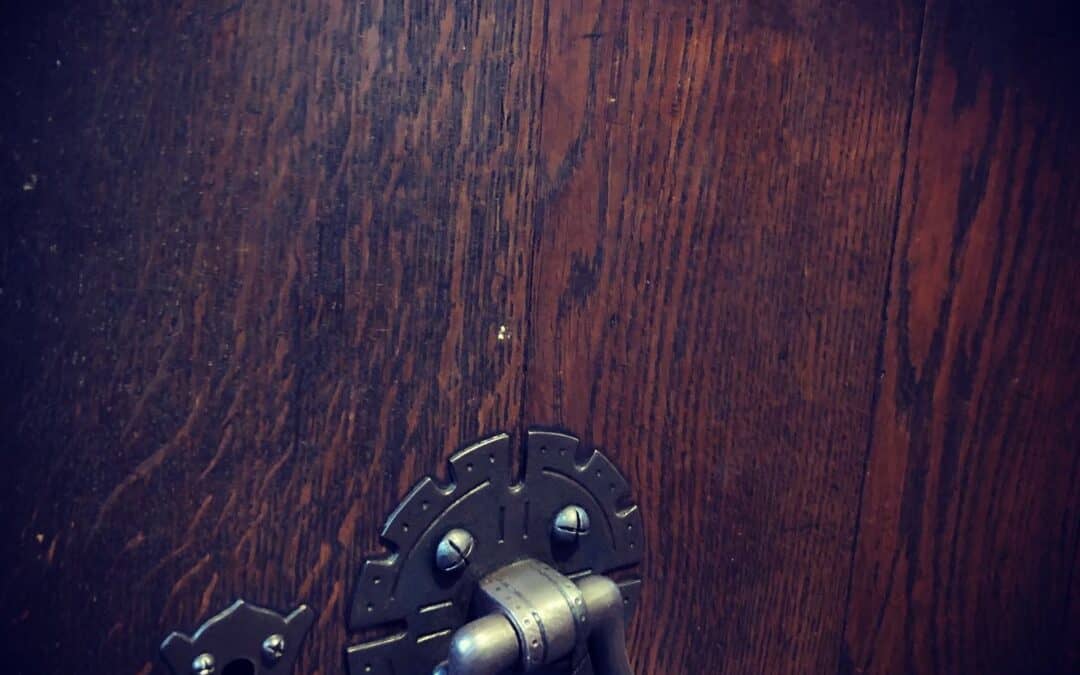PART 1 : INTRODUCTION
This series of posts is about a case dealt with in the Family Court at Hull in August, in which a judge ordered a transfer of residence of a young child from the mother’s care into the father’s care, following long running proceedings and allegations of domestic abuse and alienation, and a final hearing where the mother was absent.
In my day job I am a barrister dealing with cases a bit like this one. Although I was not one of the lawyers involved in this case I am able to tell you about it because I am a ‘legal blogger’ who observed the hearing through the ‘legal bloggers pilot’ (temporary court rules which allow qualified lawyers to observe private family court hearings) – and because I applied for permission to write about what I had seen, heard and read. That permission was granted with minimal restrictions simply in order to ensure the child and family are not identified. The pilot will become a permanent part of the family court rules from October, which will enable more stories like this to be told.
The series is divided into four linked posts:
- This introduction
- Part 2 : A summary of the case itself – what it involved and what happened in the hearing I observed
- Part 3 : A post which sets out how I went about observing and reporting the case
- Part 4 : Comments on what I saw unfolding and how I responded to it as an observer with legal knowledge and experience
The judge in the case, HHJ Whybrow (the Designated Family Judge for Hull) agreed to publish his judgment from this hearing on BAILII, once it is anonymised, and to publish an earlier judgment in the same case from February this year, to help readers make sense of things. Had it not been for my attendance, this case would probably have been heard in private without observers, and nothing would have been published about it.
PLEASE NOTE : To ensure that the child and family are not identified I am not allowed to reveal whether the child is a boy or a girl, but to make the posts easier to write and read I am going to refer to the child using female pronouns (she /her, daughter etc) and I’ve decided to call her Molly (not her real name).
I am grateful for the assistance and cooperation of the lawyers, the judge, the court staff and Molly’s father, who facilitated and ultimately agreed to my observation, and who gave me access to certain documents, all of which has made this post series possible.
I have tried to make what I have written accurate, but inevitably there are some gaps in my knowledge and understanding of the background. Where I am not sure of something I will say so.
Some readers might be primarily interested in one aspect of this post series more than another. I would encourage you to read them all, and have tried to make them freestanding, so that they don’t need to be read in sequence. But they are long, and I’m sorry about that…
If you think that these posts are interesting and that it is a good idea for reports about ordinary cases like this to be published, please share the post on your social media feeds and by email – and consider the following :
- Send us some feedback – what was useful or interesting, and what worked less well? What would you like to see more of? (info@transparencyproject.org.uk or @seethrujustice)
- If you are a qualified lawyer, consider whether you could attend a hearing yourself as an observer, and write about the case (if the judge agrees). We can help with this if you are nervous.
- Follow us on social media and subscribe to our posts (twitter : @seethrujustice, Facebook, LinkedIn, Insta)
- Consider making a donation to the Transparency Project
Click here to read part 2 >>> (about the case)
Feature pic : Courtesy of Lucy Reed
